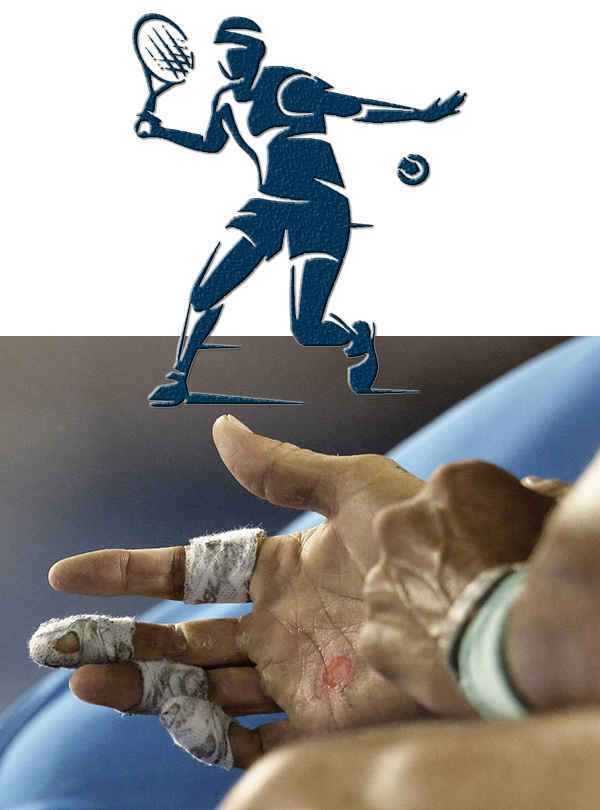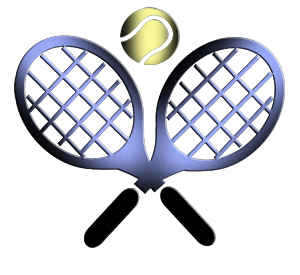Why do tennis players blow on their fingers?
Reasons:
Managing Moisture
Tennis players frequently blow on their fingers to help control sweat and moisture. When hands become too sweaty, it can affect the grip on the racket, leading to poor shots and mistakes. Blowing on their fingers helps to dry them quickly. (There will be no calluses).

Temperature Regulation
Blowing on fingers can help regulate their temperature. In cold weather, players might blow on their fingers to warm them up, improving their dexterity and control. Conversely, in hot weather, blowing can provide a quick cooling effect.
Psychological Comfort
This action can also be a comforting routine for players. The repetitive motion can help calm nerves, allowing players to focus better on their game. It’s a small, familiar action that provides a mental break during intense matches.
Habitual Action
For some players, blowing on their fingers becomes a habit over time. Whether initially started for moisture control or comfort, it can become an ingrained part of their pre-shot routine, similar to bouncing the ball before a serve.
Interesting Information and Facts


Superstitions and Rituals:
Many athletes have specific rituals they perform during games, and blowing on fingers can be one of these. Such actions, while seemingly insignificant, can help maintain a player’s focus and confidence.
Scientific Explanation:
The act of blowing on fingers involves exhaling warm, moist air, which can provide temporary relief in cold conditions or evaporate sweat in hot conditions. This small action can help in maintaining optimal finger sensitivity and grip.
Common in Various Sports:
This behavior isn’t exclusive to tennis. Athletes in other sports, example: basketball and baseball, also blow on their fingers for similar reasons related to grip and comfort.
Not Just for Professionals:
Even amateur players and people playing casually might blow on their fingers, showing how universal this action can be in sports involving hand dexterity and grip.
Influence of Conditions:
The frequency of this action can vary greatly depending on the environmental conditions. Players in humid climates might do it more often to combat sweat, while those in colder climates do it to keep their fingers warm.
Understanding these reasons and the underlying science helps explain why such a simple action can be so prevalent among tennis players and other athletes. It’s a small but significant part of maintaining optimal performance in sports.












